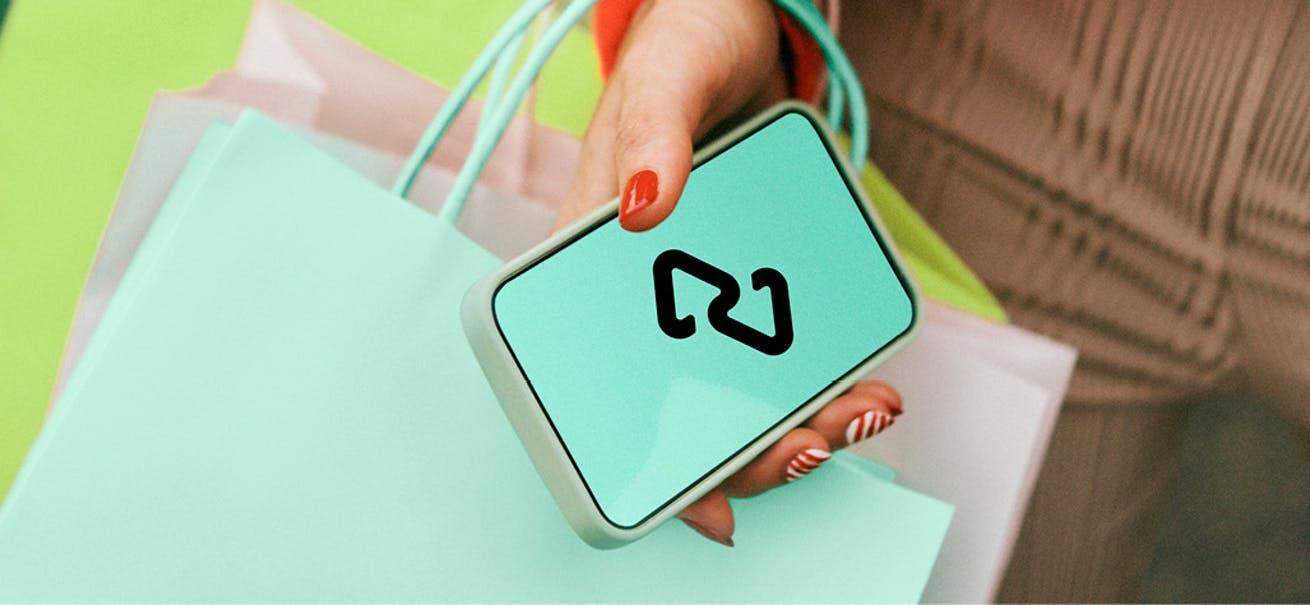
At Afterpay, we believe New York Fashion Week (NYFW) should be for everyone. In September, we brought NYFW to the consumer through activations all across NYC, and this February, we brought NYFW coast-to-coast with activations in New York and Los Angeles. That’s why we’ve partnered with the organizers behind NYFW for the past two seasons to bring the experience to more consumers.
Last September, we brought NYFW to shoppers with activations throughout NYC, and for February’s Fall/Winter 2022 edition, we went bi-coastal with activations in NYC and Los Angeles. We also followed the trends, conversations, and purchasing behavior surrounding NYFW closely - helping retailers, designers, and other industry players better understand what’s in this season.
Utilizing data from Afterpay shoppers and insights from our in-house consumer shopping psychologist, Shakaila Forbes-Bell, we unearthed five core insights that will shape the fashion landscape in 2022.
1. Illuminating Emerging Talent
The biggest stars at NYFW were small businesses. While major global fashion houses continue to have a major presence across NYFW events, emerging talent, diverse owners, and small luxury designers are taking a greater share of the spotlight–and we are here for it. At NYFW, this increased interest in small, diverse designers and businesses reflected growing consumer interest to support these brands in 2022. This trend is reflected in the market too. Since the start of 2021, the number of designer merchants featured on the Afterpay Shopping App has increased 70%, as more upscale labels seek to make luxury goods affordable and accessible to more consumers. Additionally, we’ve welcomed more than 24% more Black-owned businesses to the app over the same period, and last holiday shopping season more than half a million of our customers supported Black and female-owned businesses.
2. Introducing “Wearapy”
That’s clothing + therapy, and it’s a movement that has grown in recent months as people dress to showcase “more of their moods, memories, and selves,” says Forbes-Bell. Using fashion as a conduit for how the wearer feels, shoppers are practicing “wearapy” in two key ways. Creative layering evokes a sense of competence while giving the wearer more control over their outward image. Taken a step further, layering can combine “non-traditional or even clashing pieces and accessories to create a unique look,” says Forbes-Bell. A second trend embraces a maximalist trend to minimalism. Think cozy basics with loud prints, bold patterns, or interesting shapes to showcase personality without sacrificing comfort.
3. Celebrating EveryBODY
Wear what you want, when you want. That’s the ethos behind gender fluid clothing and a recent spike in “sexy” clothing. While those two trends may seem incongruous, they’re both driven by a surge in body positivity. Consumers are purchasing low-cut denim and apparel with revealing cut-outs to celebrate the body in its natural state. This has been reflected in shopping trends, with a 34% increase since January in purchases of clothing with cutouts. Meanwhile, more designers are debuting unisex lines – with sales for unisex items up 154% year-over-year – or mixing and matching traditionally male and female pieces into fluid ensembles. Plus, merchants offering a gender inclusive category on Afterpay have increased 26% year-over-year. Research shows that such “non-conformist” dress styles can make the wearer appear more competent, and of a higher status.
4. Embracing Form and Function
Functional fashion is on the rise, and it’s getting more stylish too. Think bucket hats, trail leggings, vests, and hip packs or slings. Sales of bucket hats alone were up 44% since last summer, as wearers opt for fashionable protective accessories while getting out and about. This trend is also driven by rising consumer interest in sustainability, causing shoppers to seek out functional basics that will stand the test of time or serve double-duty to reduce excess consumption. These items don’t have to lack in style though, with collaborations like Gucci x Northface that allow consumers to take high fashion from the runway to the trails.
5. Getting Nostalgic
Whether it’s ‘70s-era streetwear or mid-‘90s denim, consumers are revisiting nostalgic styles. There’s a reason for this, and it’s not just those Y2K TV show reboots. Studies show events like the pandemic give people a distorted sense of time, which has spurred interest in decade-blending styles. Purchases of low-rise jeans, for example, were up 115% in the month leading up to NYFW, and we expect this trend to bubble up in SS23 shows later this year (thanks, in part, to Bella Hadid!). Another body-positive staple is back too. Sales of the micro mini skirt were up 24% since last fashion season. Finally, streetwear is here to stay, despite some designers speculating that the look is on the way out. Consumers continue to gravitate toward streetwear brands and styles, including the aforementioned unisex category.
Ready to help your business grow with Afterpay? Reach out to our team today to learn how.